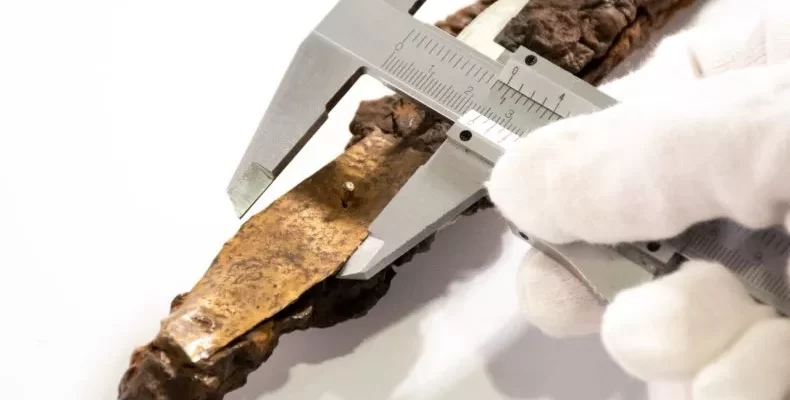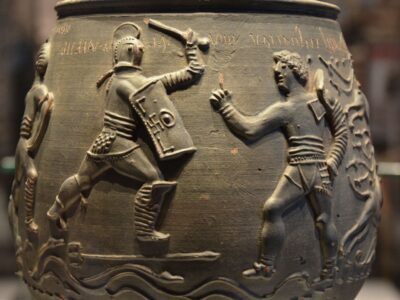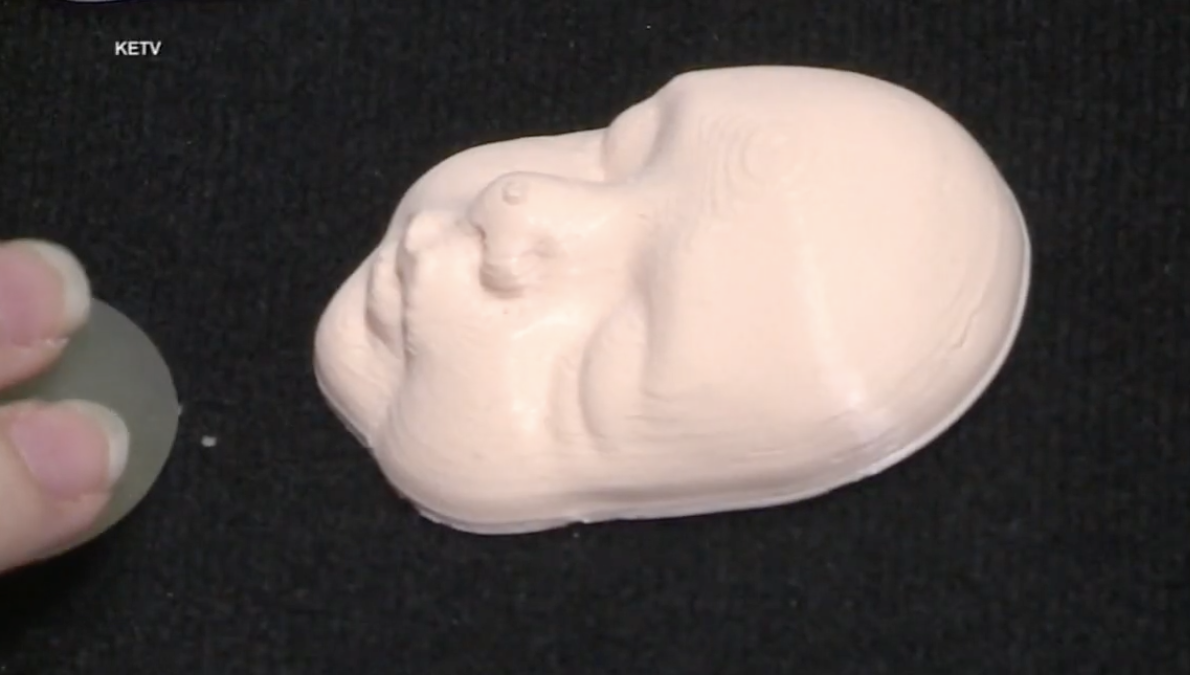
Excalibur, the iconic sword of King Arthur, embodies the essence of myth and magic in Arthurian legend. Bestowed upon Arthur by the Lady of the Lake, a mystical enchantress of legendary power, Excalibur transcends mere weaponry to symbolize divine right and kingly authority. With its blade said to be indestructible and its hilt adorned with mystical symbols, Excalibur represents not only the physical prowess of its wielder but also their moral integrity and righteousness. As Arthur’s chosen weapon, Excalibur becomes inseparable from his identity, serving as a tangible manifestation of his destiny to unite and rule the land of England.
Now, a real-life version of the famous sword of legend has been found by researchers and restored, according to Smithsonian Magazine.
A sword unearthed in Spain and nicknamed “Excalibur” after King Arthur’s legendary blade is more than 1,000 years old, researchers say. A rare artifact from the Iberian Peninsula’s Islamic period, the weapon illustrates the region’s layered history of subjugation.
In Arthurian legend, Excalibur is a sword magically lodged in a stone, until a young Arthur pulls it out, earning the right to be crowned king of Britain. Three decades ago, researchers in Valencia, on the east coast of Spain, unearthed a weapon in a similar position—buried upright at an archaeological site—and nicknamed it accordingly. Now, the sword has been restored and analyzed by the local city council’s Archaeology Service, whose scholars have dated it to the tenth century, when Valencia was called Balansiya, per a statement.
“This sword has a unique design that gives it great archaeological and heritage value,” says Councilor José Luis Moreno in the statement.
Archaeologist José Miguel Osuna led the new research as part of a broader survey of Valencia’s collection of metal objects, which spans the Roman era to the late medieval period. Made of iron, the sword is short, measuring about 18 inches long. Per the statement, its hilt is decorated with bronze plates and notches for easy handling. The tip of the blade is slightly curved, creating confusion over the chronology, as Visigothic swords had a similar shape. (The design probably reflects the evolution of earlier Visigothic models.) Osuna and his colleagues confirmed the artifact’s age by analyzing the layers of sedimentary earth in which it was buried.
The dating of the sword means it is the first from the Islamic era to be found in Valencia, according to Newsweek.
“In general, well-preserved swords from this period are rare in Spain, particularly in Valencia, where the characteristics of the soil make conservation difficult.”
The Islamic period in Spain began in A.D. 711 and ended in A.D. 1492 after King Ferdinand and Queen Isabella’s forces won the Battle of Granada, completing what was known as the Reconquista.









